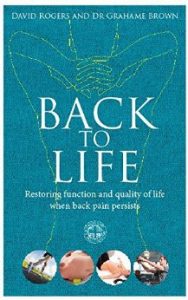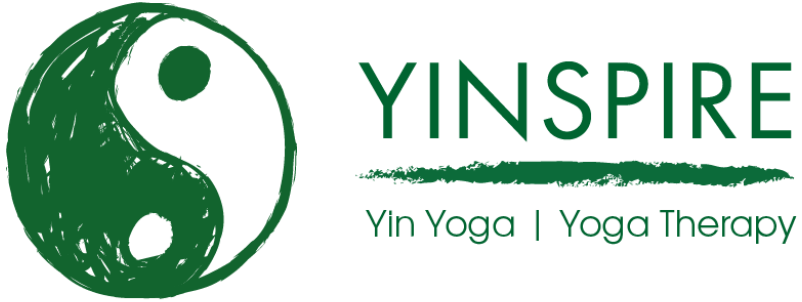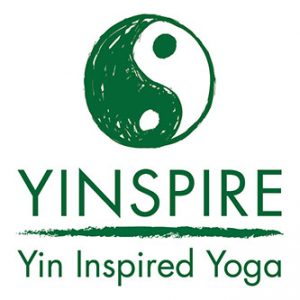 Two books on backs in as many weeks! Partly a coincidence, but also it reflects what a hot topic backs and back pain is. I suspect most people experience back pain at some stage.
Two books on backs in as many weeks! Partly a coincidence, but also it reflects what a hot topic backs and back pain is. I suspect most people experience back pain at some stage.
This isn’t a yoga book specifically, indeed yoga is only mentioned a couple of times, but I found myself nodding as I went through it, thinking everything the authors say accords to what I know and have experienced as a yoga teacher, yoga practitioner and occasional back pain sufferer myself. Whilst “Yoga for backs” has its place, for the most part back pain doesn’t care about the modality, it just seeks relief, and a multi faceted approach has the distinct advantage of not being constrained into individual approaches.
The authors take an approach they describe as “Biopsychosocial”, looking at causes and triggers of back pain from Biological, Psychological and Social perspective. Underlying this is the modern understanding that correlation between peoples experience of back pain on the one part and potential issues showing up on scans for another part is quite weak – many people with chronic back pain have spines that show up as healthy on an MRI, yet many spines which show abnormalities and degeneration on scan cause no pain or discomfort. Pain we come to understand is a response from the brain, not from the spine itself, and some times messages get scrambled along the way.
The authors look in turn at the biological, psychological and social aspects of back pain, using case studies to help, and offer suggestions for ways to understand back pain better, and through that master it. They correctly identify “red flags” – situations when medical advice is needed as the pain may be a warning – and then distinguish those red flag situations from ongoing back pain where the correlation between damage and pain weakens.
There is much to treasure in this book and in the authors writing, indeed even if you never have back pain this is a useful book to understand in accessible terms how body parts, nervous system and brain communicate, and why the messages can sometimes be mixed up. Most of the writing could easily be recast to address pain or discomfort elsewhere in the body.
Neuroplasticity, autonomic nervous responses, brain function, all get covered in a practical and easy to understand way, as to suggested exercises physical, breath and mental.
I would whole heartedly recommend this book to anyone seeking to understand more about their body, pain, and how pain and damage aren’t necessarily linked.
It can be purchased on Amazon, and if you use this link, Yinspire earns a small commission.

